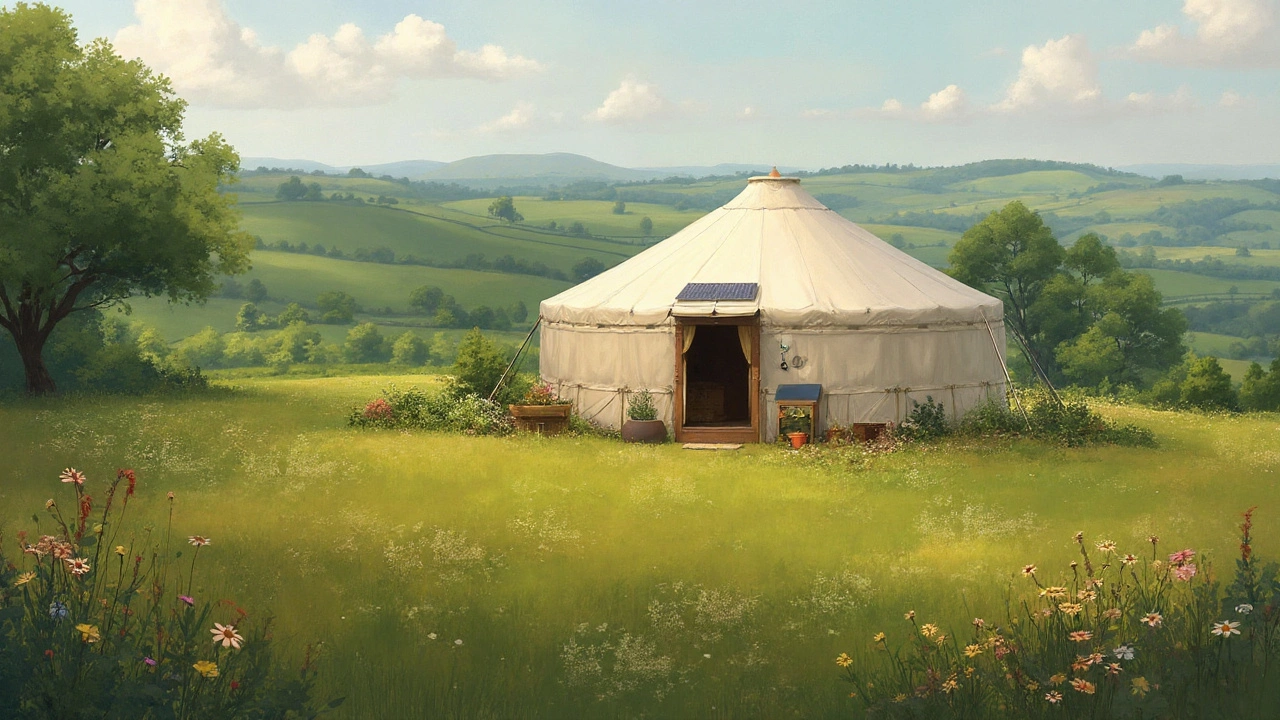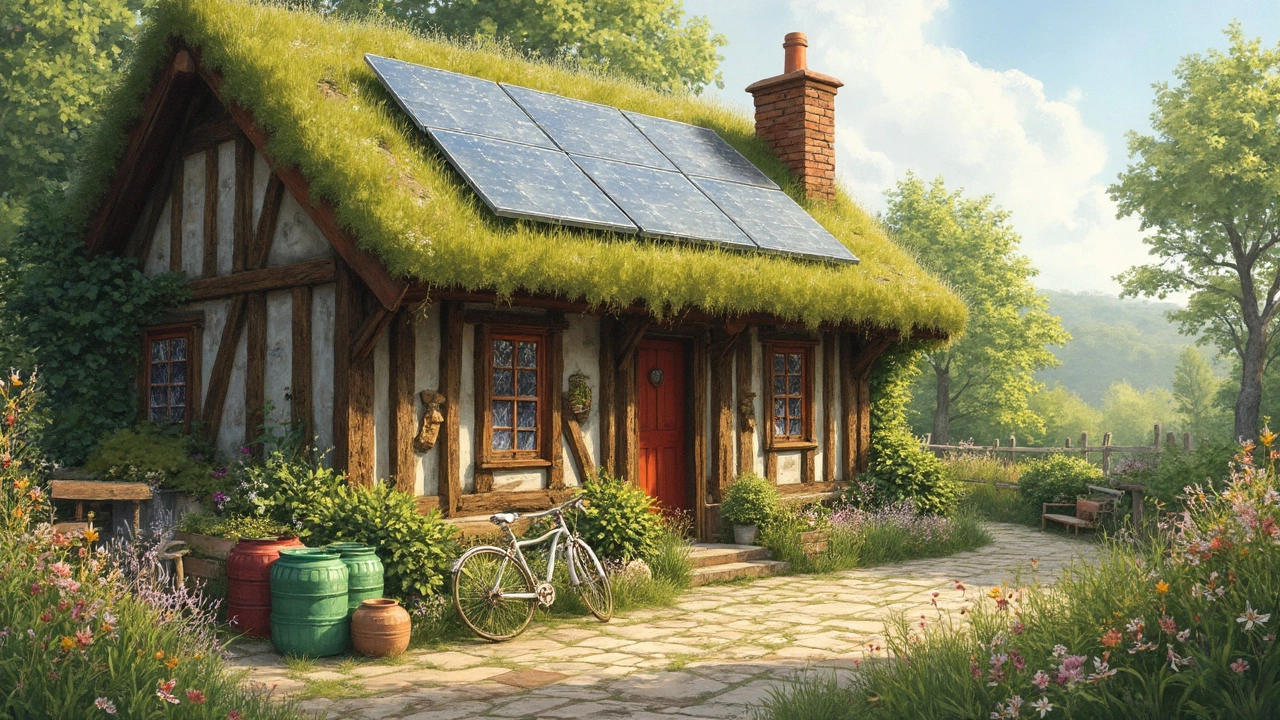
Energy Efficient Tips for Homes and Travel
If you’re looking to cut costs and reduce your carbon footprint, you’re in the right place. This page gathers the best advice on energy‑efficient homes, cheap building ideas, and travel hacks that keep you green without breaking the bank.
Eco Housing Made Simple
First off, eco homes aren’t always pricey. Our post “Are Eco Homes Expensive?” breaks down the real cost drivers and shows where savings happen – think better insulation, solar panels, and smarter layout. A well‑sealed house can cut heating bills by up to 30%, and the upfront extra spend often pays off in a few years.
If you’re planning to build, look at the “Most Affordable Homes to Build in 2025” guide. Tiny houses, modular units, and prefabricated panels are the cheapest options. They use less material, need less labor, and fit tighter budgets. Pair a tiny footprint with passive‑solar design and you’ll have a home that stays cool in summer and warm in winter with minimal energy.
Don’t forget the hidden pitfalls. The “Eco Home Disadvantages” article warns about hidden costs like specialized maintenance and the need for quality installers. Choose reputable suppliers and ask for warranties to avoid surprise expenses.
Travel Hacks for the Energy‑Conscious
Travel can be eco‑friendly, too. Our “Where to Sleep in an Airport” guide shows you how to avoid pricey hotels by using airport lounges or sleep pods, cutting both carbon and cash. When you do need a stay, look for boutique hotels that market “green” practices – many have LED lighting, water‑saving fixtures, and recycling programs.
All‑inclusive resorts often hide extra fees, but the “Hidden Fees in All‑Inclusive Resorts” post helps you spot them. Stick to places that include sustainable meals and energy‑saving initiatives in the price. You’ll enjoy the amenities without the surprise charges.
For a truly low‑impact escape, try glamping. The “Glamping Cottages” article explains how modern sites provide electricity from solar panels and eco‑friendly toilets. You get the outdoors vibe with the comfort of a cottage, and you stay off the usual hotel carbon trail.
Finally, when booking, use discount programs like the National Trust Cottages deal. Many heritage properties have been retrofitted with energy‑saving upgrades, so you get a historic stay that’s also efficient.
Wrap up: whether you’re building a new home, renovating an old one, or planning your next getaway, focus on simple, proven steps. Seal drafts, add insulation, choose renewable power, and pick accommodations that share your green values. The savings add up, and you’ll feel good knowing you’re doing your part.

